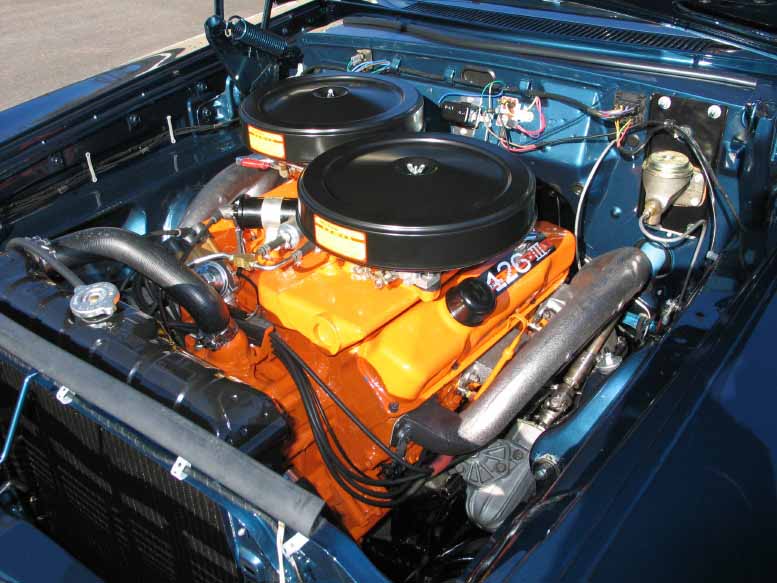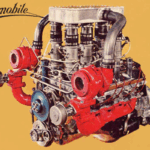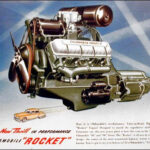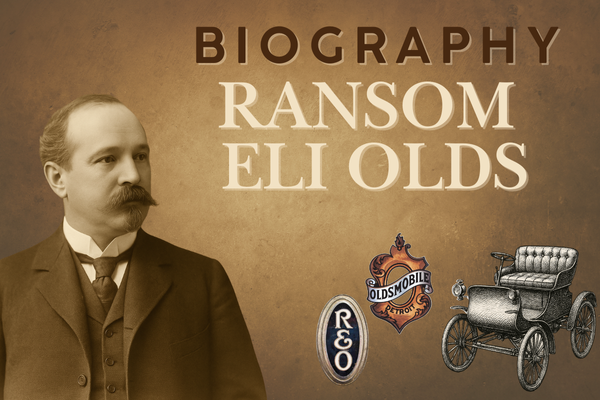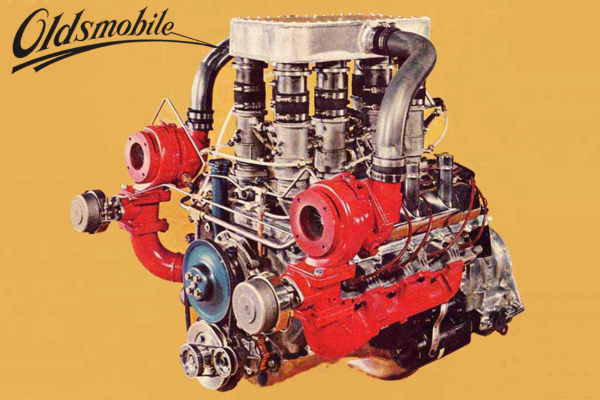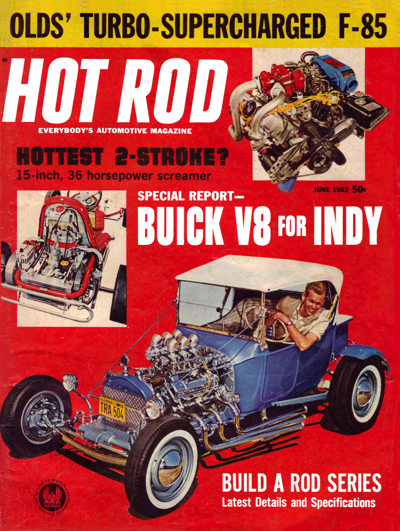Tom Hoover and Tom Jr. Build a Pure Stock Terror

Building a Maximum Max Wedge
by Craig Sparkes as told by Tom Hoover Junior – Reprint with permission only
This is the story behind Tom Hoover Jr’s 1964 Max Wedge Plymouth Belvedere. The car has run a best of 11.55 ET at 122.58 MPH at the 2012 Pure Stock Muscle Car Drags held in Stanton, Michigan. In order to be legal for the Pure Stock Drags, a car
” .. must be stock, except for the modifications outlined below. If a modification is not mentioned, keep it original! Remember, the goal is to have fun drag racing your musclecar. See old friends, make new ones, and enjoy all the cool cars on the track!
For 1955 to 1974 musclecars built in United States and Canadian assembly plants with a minimum warranty of 12 months and 12,000 miles. Factory lightweight cars built for sanctioned drag racing and dealership-built/modified cars are not eligible to participate.
Cars must be factory equipped with a minimum of four-barrel carburetion, dual exhaust, and other factory-installed equipment that promotes a high-performance intent and image. Cars are paired up based on time trial e.t.s and compete in a best-of-three heads-up shootout.
(From the Pure Stock Muscle Car Drags rules www.purestockdrags.com).
Hoover’s Plymouth meets these rules perfectly, including reproduction bias-ply street tires no drag radials or slicks!! The intent of these rules is to showcase factory-built muscle cars on the drag strip. The strict rules create an interesting challenge: Who can go fast using only original factory parts? Which cars really were fast in their original configuration? Who has the driving skill to launch and shift a car that makes more power than the rear tires could ever hold?
If this was all there was to the story, along with some tech data, it would be a fun read. But this article has a historical slant that makes telling it a much, much more interesting tale.
We need to begin back in the mid 1960’s ,“ the golden era of muscle cars”, when Tom Hoover Sr. and his fellow Ramchargers from Chrysler Engineering were the “gold standard” in NHRA Stock and Super Stock racing. A young neighbor in Detroit named Bob Karakashian was interested in racing and noticed the Ramchargers Super Stock Dodge in Hoover’s driveway. Later Bob purchased a new 1969½ Dodge Super Bee 440 Six-Pack car and Hoover became his mentor. Bob learned well and enjoyed success racing in Stock Eliminator and building race engines for others.
By the late 1970’s Tom Sr. left Chrysler and finished his career pursuing other interests including work on locomotive engines for General Electric. After graduating with his own engineering degree, Tom Jr also started a career with General Electric working on locomotives.
Years passed. Although both Hoovers still owned Chrysler musclecars, they had only passing interest in current racing until they saw a magazine article describing Pure Stock racing featuring Bob Karakashsian. Bob’s street hemi was fast. Bob still owned and raced his original Dodge Super Bee Six-Pack and the 1970 Hemi ‘Cuda in Pure Stock form. Tom Jr renewed his friendship with Bob and attended races with him in Michigan. He had so much fun that he wanted to do more than watch.
As Tom Jr. tells it, “My father and I are Engineers. We approached this in an analytical way. If we were going to build a Pure Stock race car from scratch, we were going to choose the best configuration and do it right.”
Tom Jr. continued, “There are three competitive production Chrysler engines that came in cars that meet the Pure Stock definition: Max Wedge, Street Hemi, and 440 Six-Pack. Race Hemis from 1964, 1965, and 1968 were only delivered in what the Pure Stock rules consider race cars, and can’t be used. The 1964 configuration was the most developed Max Wedge and has several advantages. Plymouths are lighter have a shorter wheelbase than their Dodge counterparts, so the decision was made to build a 1964 Max Wedge Plymouth.” The NHRA power to weight ratios used for Stock Eliminator confirmed the potential that combination has. Now we had to find the car!
Tom Jr.’s search lead him to a 1964 Plymouth Belvedere 2 door hardtop that was originally a 318 automatic car built in St. Louis. The car was never rusted or hit and had a complete and original interior. This was important as the Pure Stock Rules require original spec interiors. All of the car’s original stainless, chrome, and aluminum trim was there. Soon the car was completely disassembled. As he told me “There wasn’t a single screw holding anything together when I was done.” Once apart, all unnecessary sound deadener, body or seam sealer was eliminated. The car was reassembled – completely stock – but race ready. It was painted the original dark blue metallic color it wore from the factory. Next on the agenda was the engine.
A 1964 426 cu.in. Super Stock-III Max Wedge with original Chrysler cross-ram intake manifold, original 518 cylinder heads, and streamlined iron exhaust manifolds was built. Because of his experience, Bob Karakashian selected engine parts and had machine worked performed in Detroit. A 727 push-button TorqeFlite transmission and a set of 4:30 rear end gears complete the drivetrain. Tom Jr. assembled the engine himself, “coached” by Tom Hoover Sr. For those who are not familiar with the story of the Ramchargers, Tom Hoover Sr. designed Chrysler race engines, including the Max Wedge- during the day and assembled the race engines for the Ramchargers super stock cars after work. So we have a case of the master passing on to the son!
In 2010 the car was finished, but to measure how the car performed they needed an expert driver. Tom Jr. didn’t yet have the skill and Sr. no longer had the needed reflexes. Re-enter Bob Karakashian !! Bob was asked to drive the car and train Tom Jr. We have come full circle, with the Karakashian now coaching a Hoover in the art of drag racing! Bob drove the car at Milan Dragway near Detroit. Bob managed an 11.80 at 118 MPH the first night at the race track. Remember, this is on street tires! Trust me, that’s fast!
Since that initial run, Tom Hoover Jr. has been the full-time driver and each potential improvement to the car has been proven at the drag strip. The best ET of 11.55 and best speed of 122.58 mph at the 2012 Pure Stock Drags show a gain of about 50 horsepower at the rear wheels when compared to that first run at Milan. At the 2012 Pure Stock Muscle Car drags, only fiberglass-body cars or cars with aluminum engines qualified higher – and not by much.
Tom Hoover Jr. can rightfully claim to have one of the fastest steel body passenger cars with iron engine in the Pure Stock ranks.
Here are the technical specs on this amazing car:
-
Engine: 426cu. in. Stage III “Max Wedge” V8 11.5:1 Version found in Steel Body Cars
-
Factory Claimed HP: 415 @ 5600 RPM Factory Claimed Torque: 470 @ 4400 RPM
-
Weight: 3638 pounds
-
Hoover’s Best ET: 11.55 seconds
-
Hoover’s Best Speed: 122.58 MPH
-
Rear wheel horsepower at 122.58 = 523 HP
1964 Plymouth S-S Image 2
Car looks unassuming, except for that orange V8 with the two carbs under the hood. Most people who are uninformed, don’t see a Hemi, and they walk away . . .
1964 Plymouth S-S Image 4
Tom Hoover Sr (left) and Tom Jr prep the car at this year’s Pure Stock Drags
1964 Plymouth S-S Image 7
Early 60’s muscle cars had no real visual clues – unlike later iron. Just “Belvedere” on the side . . .
1964 Plymouth S-S Image 9
“Dog Dish” huncaps were standard fare for hard runners – but the redline tires might have tipped off a potential foe.






